Although there has been growing interest in exploring native foodways in the past twenty or so years, it seems there’s been little research into the history of Native American restaurants, that is, those serving traditional Indian dishes and/or those run by Indians.
The earliest one with a Native American proprietor that I found was in Coweta, Oklahoma, around 1906. It was run by Frank Oliver, a member of the Muscogee Creek Nation. A very brief newspaper item reported, “There are few Indians in the restaurant business but Mr. Oliver likes to feed ‘em and is prosperous.” It was not unusual for Indian restaurants in the Southwest to serve Mexican dishes, especially in later decades.
That same year another Indian proprietor was running a restaurant in Sapulpa, Oklahoma. His name was given simply as Antoine, born a Mohican in New York state but adopted into the Creek tribe. Sometime later a woman named Elizabeth Sapulpa, probably the wife of the tribe’s chief, also had a restaurant in Sapulpa where she served Sofky (corn soup made of hominy, bits of meat and blue corn dumplings) as well as cornbread made of cornmeal soaked overnight in buttermilk.
Many of the references to Indian restaurants I found did not lead anywhere. For instance, despite much searching, I could not determine if the Santa Fe movie studio, opened in Monrovia CA in 1927, ever established its planned Hopi Indian restaurant. And I’d love to know how the Hollywood actor Don Porter fared with his restaurant. It was to be built in Hollywood in 1951 with an open firepit vented through a hole in the roof. For years he had collected recipes from many tribes and planned to feature buffalo, bear, venison, wild greens, wild rice, and corn – along with cook-it-yourself fish wrapped in leaves and mud. Also, I wondered if the plans reported about a 1970s graduate of a culinary training program in Albuquerque had succeeded. She hoped to establish a restaurant on her reservation serving game such as quail, rabbit, and deer, along with blood pudding and her tribe’s oversized homemade tortillas.
Her endeavor would have been in contrast to many Indian-run restaurants on reservations that featured mainstream American fast food. As Ruben Silverbird would observe in the 1980s, “On the reservation we have restaurants run by Indians, but they sell hot dogs, hamburgers, ham and eggs.” Similarly, at the Tigua reservation’s cultural center in El Paso TX in 1986, a restaurant called Wyngs drew non-Indian tourists and served fajitas, seafood platters, and barbecued ribs.
It has been said that Native Americans don’t have a restaurant culture, but I have the sense that there were many native people who for decades wished there were more Indian restaurants. Especially among Indians living in cities there was a strong desire for gathering places and ways to stay connected to their culture, including foods. In 1968 a Queens resident, an Otoe-Pawnee from Oklahoma, observed, “There’s no place for Indians to gather in New York (City) – no Indian restaurants or anything like that.” Buoyed by the Black Power movement, she and other native women had recently joined together to promote their Indian identities.
In the mid-1960s, a food court representing many different cuisines in a Phoenix shopping mall included “The Hogan,” which was claimed – somewhat unconvincingly – to serve the only authentic Indian food in Arizona outside a reservation. It was run by a Scandinavian proprietor who served corn on the cob impaled on arrows. The second incarnation of an Indian restaurant there was named Tiny Teepee where posole, a hominy and pork stew, was prepared and served by Native Americans.
Also in the 1960s Native Americans began to urge the creation of cultural centers that would honor their heritage. By decade’s end a number of Indian restaurants began to open as part of complexes that included motels and cultural centers with museums and craft demonstrations. The Cherokee Heritage Center opened in Tahlequah, Oklahoma, in 1967 with an associated restaurant, the Restaurant of the Cherokees shown here. Although hamburgers and other common “American” dishes dominated the menu, the restaurant also served traditional Indian food such as shuck bean bread (corn and bean dough, steamed in cornhusks), sorrel, watercress from local streams, poke salad, fried huckleberries, crawdads, and “squaw” bread made with sour milk. In the spring, it hosted wild onion dinners.
Building Indian community took a hit in Baltimore when an Indian restaurant failed to open, despite being fully set up and ready to open its doors. The problem was that the U. S. Labor Department claimed it had been a mistake to permit the grantee to buy restaurant equipment with a 1974 job training grant for an American Indian Study Center. The government removed the equipment, sinking what would have been the only Native American restaurant in the Washington-Baltimore area.
1986 marked the opening of what claimed to be New York City’s first Native American restaurant, Silverbird. Its proprietor, Ruben Silverbird Ortiz, a professional singer and entertainer of Indian/Mexican/white heritage, said it would serve New Mexico food, including “green and red chile, blue corn chips, salsa, all that good stuff.” As was true of most Indian restaurants, the menu accommodated non-Indian patrons with American dishes, but held weekly dinners serving rattlesnake stew. The restaurant employed a diverse crew, with servers and kitchen staff made up of Comanches, Navajos, Blackfeet, Italians, Irish, and Mexicans.
Some Indian restaurants were decorated with Southwestern art or murals of buffaloes and teepees. Silverbird was decorated with Kachina dolls and tables inlaid with sand paintings. However, some, such as Dovecrest [shown at top], gave little visual indication they were Indian.
Probably the most celebrated Indian restaurant of the 20th century was Loretta Barrett Oden’s Corn Dance Café in Santa Fe, New Mexico, that ran from 1993 to 2001. Before opening her fine-dining restaurant, Oden, a member of the Citizen Patawatomi Nation, spent three years researching tribal recipes and cooking methods, which can vary considerably according to region. She is a proponent of healthier dishes such as bison, wild-caught salmon, trout, quail, venison, corn, beans, and squash. She has also been a vocal critic of deep-fried fry bread, a popular Indian item in itself as well as serving as the bottom layer of “Navajo tacos,” popular in eating places throughout the Southwest. She has tried to convince Indian-run casinos to offer native dishes, but has found that a hard sell considering the strong attachment of their patrons, both white and Indian, to steak, hamburger, pizza, etc.
The 2000s seem to have raised interest in indigenous chefs and restaurants, but they have continued to face a rocky road in terms of widespread acceptance.
© Jan Whitaker, 2022

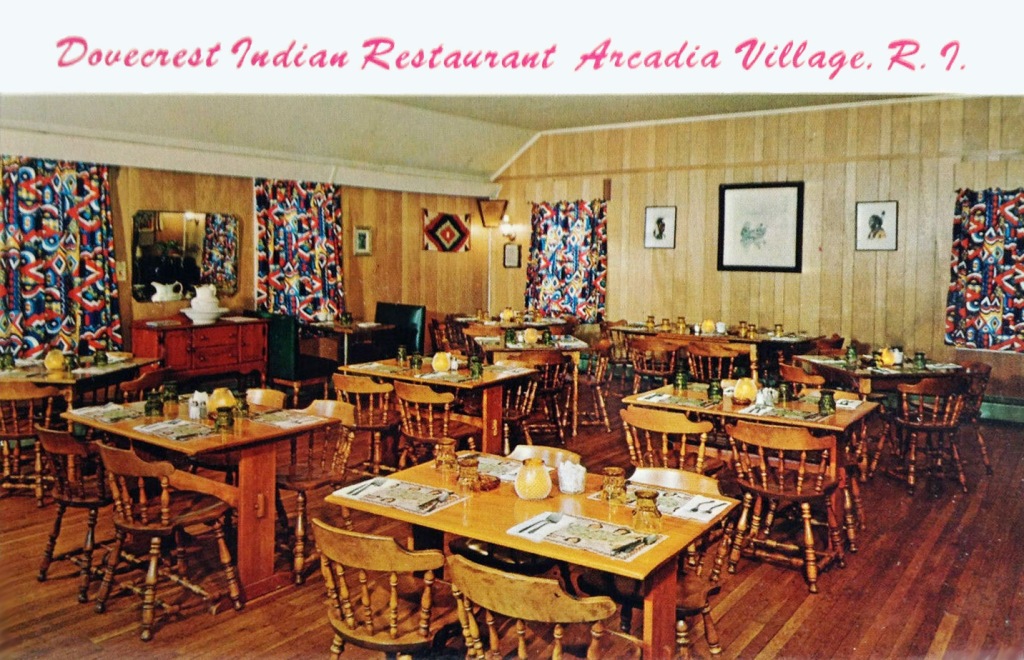
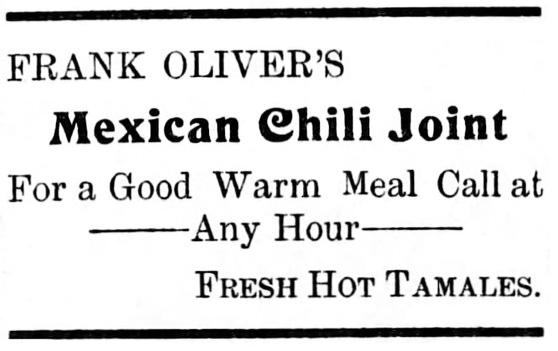
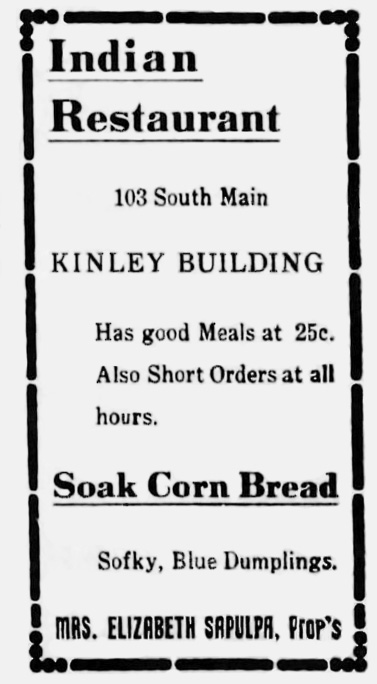
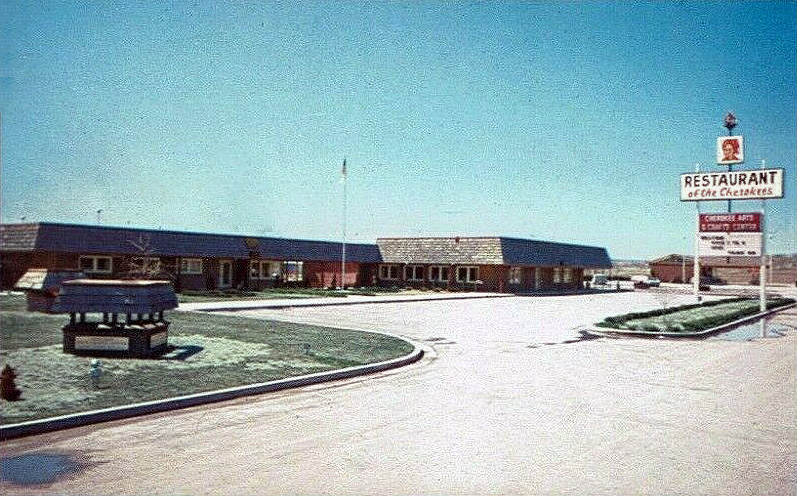
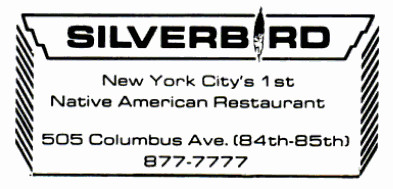
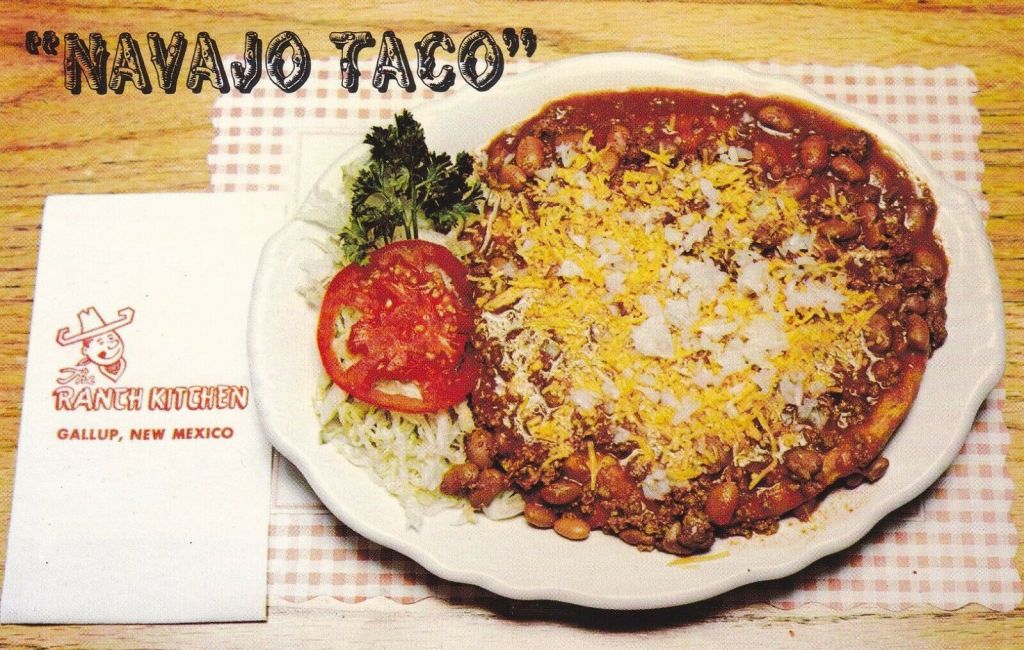











 It's great to hear from readers and I take time to answer queries. I can't always find what you are looking for, but I do appreciate getting thank yous no matter what the outcome.
It's great to hear from readers and I take time to answer queries. I can't always find what you are looking for, but I do appreciate getting thank yous no matter what the outcome.



I recently moved and within my belongings, I found an old paper menu that I kept after I visited the Silverbird Restaurant in New York back in the 80s with my family. It was for my birthday (I must have been about 16 at the time) and I got to choose the restaurant. I have always been adventurous when it comes to food and went to culinary school eventually. I remember having rattlesnake when dining there but when I looked at the menu it didn’t have rattlesnake as an option. Reading your description stating that “the menu accommodated non-Indian patrons with American dishes, but held weekly dinners serving rattlesnake stew.” made a lot of sense. It must have been a special offering when we visited. At the top of the menu, it states “Gift Offerings From Mother Earth” and has a nice intro to the restaurant explaining why they use certain ingredients and that his “dream of introducing the first Native American restaurant in New York City is to share the world the foods I grew up with, basic gifts from Mother Earth which my people have treasured for many, many moons.”
That’s a nice memento to save, even missing the rattlesnake!
Do you have any information why Don Porter was interested in opening an Indian restaurant? His bio makes no mention of being Native American, though he was born in Oklahoma. Just curious. I loved him in “Private Secretary”!
No, that puzzled me too. I could find no connection in his family, but there were so many native people in Oklahoma, maybe he was influenced by their foodways growing up. In the story it said he felt that was a better way to make money than being an actor in Hollywood. I don’t think the restaurant ever opened, though that’s odd since it was supposedly under construction.
Here in Oakland we have Cafe Ohlone (https://www.makamham.com/cafeohlone) which has been featured in the New York Times and I can personally attest creates a Michelin-worthy dining experience. On the fusion side, Wahpepah’s Kitchen (https://wahpepahskitchen.com/seasonal-restaurant-menu) in Fruitvale offers blue corn waffles, sweet potato tostadas and bison meatballs. I haven’t been to it yet but it’s on my shortlist.
There’s a good deal of interest in reviving first people’s cuisine and culture. I’m grateful to live in a community where the people have kept their history alive, despite centuries of discrimination (including involuntary disbanding of the tribe by congress: https://www.dailycal.org/2021/11/05/political-erasure-of-the…) )
Let’s hope they make it through this challenging time. A tribe near here was invalidated too, but now I think they’ve been officially recognized again.
https://youtu.be/xXazZTqx3BI Please, subscribe and like. Thanks
Pada tanggal Min, 16 Jan 2022 10.48, Restaurant-ing through history menulis:
> Jan Whitaker posted: ” Although there has been growing interest in > exploring native foodways in the past twenty or so years, it seems there’s > been little research into the history of Native American restaurants, that > is, those serving traditional Indian dishes and/or those” >
Here’s a profile from the local paper on The Flume, a restaurant in Mashpee MA (on Cape Cod) run by Earl Mills Sr., chief of the Mashpee Wampanoag. I had the pleasure of eating there once when I was a kid–fried smelt were great. The place has since closed, but it made an impression on me. https://www.capenews.net/mashpee/columns/the-magnifying-glass-the-flume-restaurant/article_a7718a91-8838-5287-9b75-c00f09ee3175.html
Thanks for sending that link about an Indian restaurant begun in the 1970s where the menu made good compromises among foodways.
Jan,
Thanks for a wonderful and informative article!
Enjoyed it!
Hi Jan:
There are a number of Native American Restaurants listed in the following. Perhaps you’d be interested in researching them?
https://www.afar.com/magazine/the-cuisine-you-havent-tried-yet-but-should
https://www.fodors.com/world/north-america/experiences/news/10-native-and-indigenous-restaurants-to-dine-at-across-the-united-states
https://www.cnn.com/travel/article/best-native-american-restaurants/index.html
There are all in New Mexico:
Ashkii’s Navajo Grill (Farmington)
Grandma’s Frybread Shack (Teec Nos Pos)
Tiwa Kitchen Restaurant (Taos)
Y’aak’a Cafe (Acoma Pueblo)
Thanks. I know of quite a few in the 2000s, including now, but I always make it a habit not to continue my research up to the present, and generally avoid discussing restaurants currently in business — for a lot of different reasons.
What a shame that this cultural group is not well represented in the restaurant industry. I look forward to trying the restaurant the National Museum of the American Indian next time I’m in DC. Thanks for the interesting article.
Some of the best meals I’ve ever eaten I got at the National Museum of the American Indian in D.C. when I lived in Northern Virginia. Fresh, interesting, regionally arranged, not just the Tex-Mex kind of stuff that one often finds.
Yes, they have different menus based on regions. Unfortunately when I visited the museum I didn’t stop to eat there. Next time!
You won’t regret it!